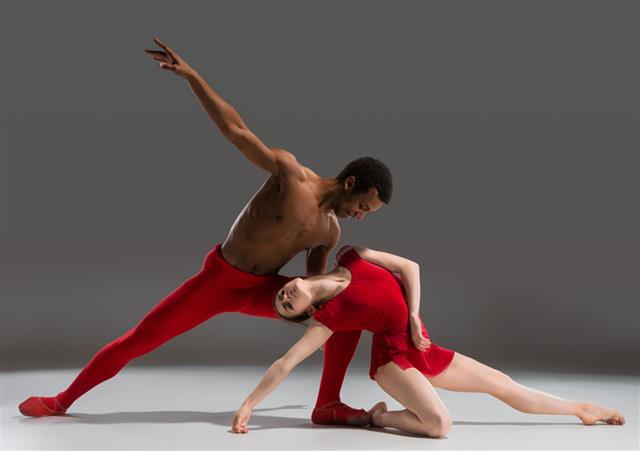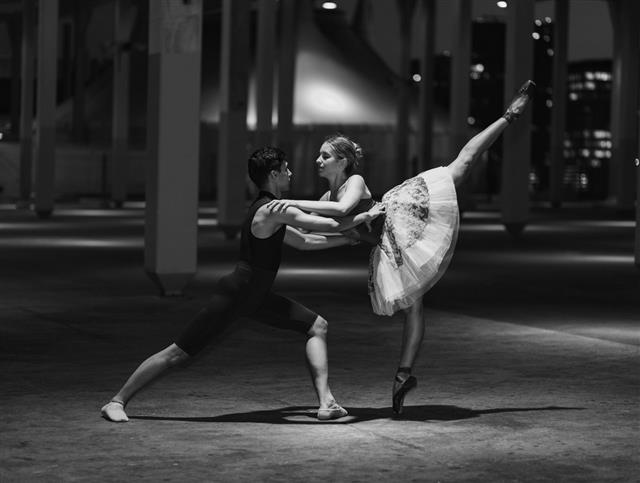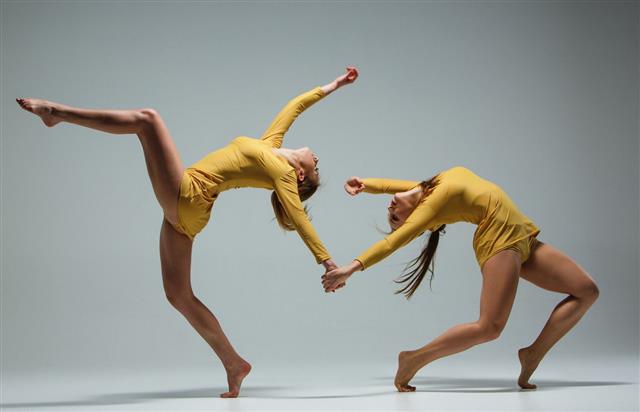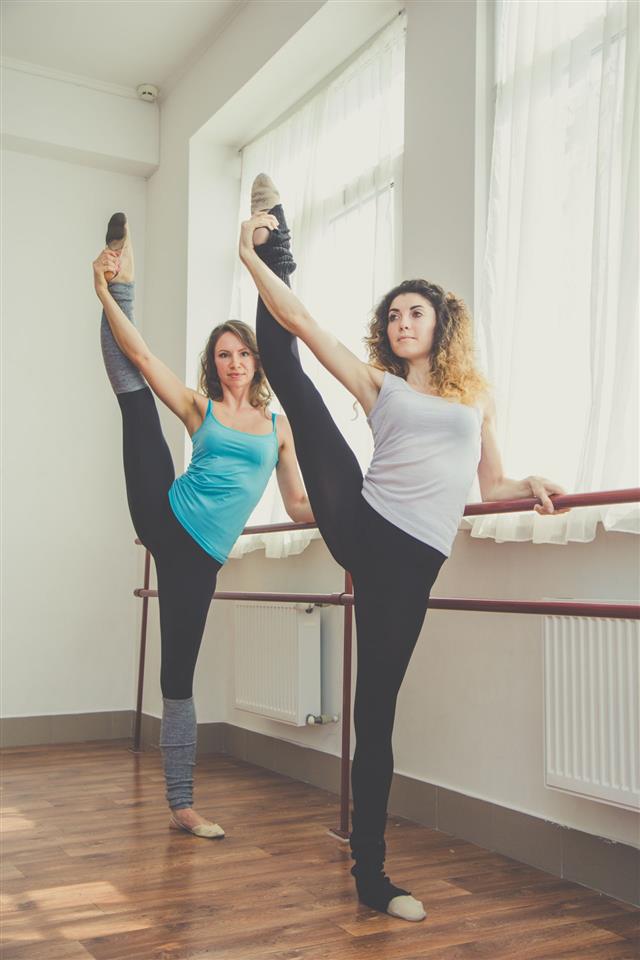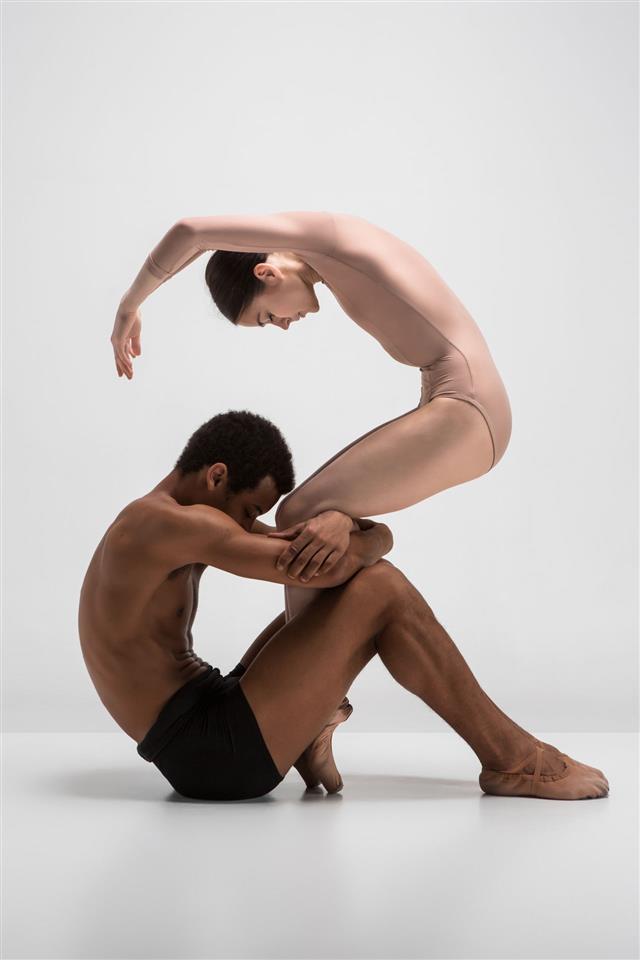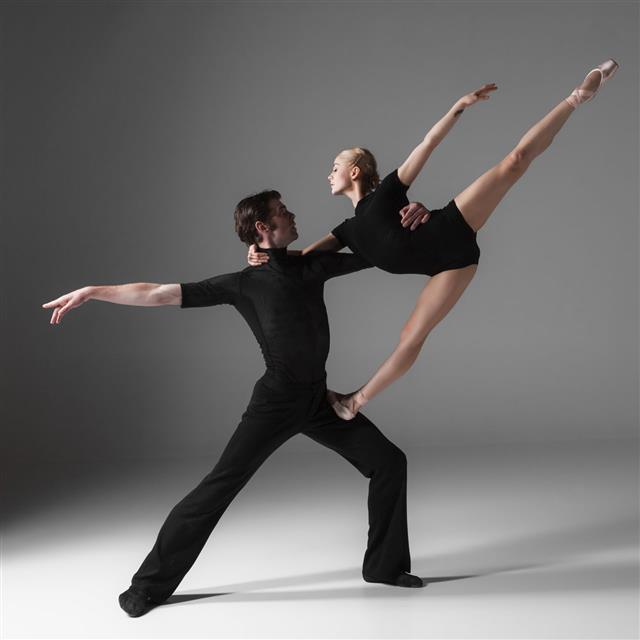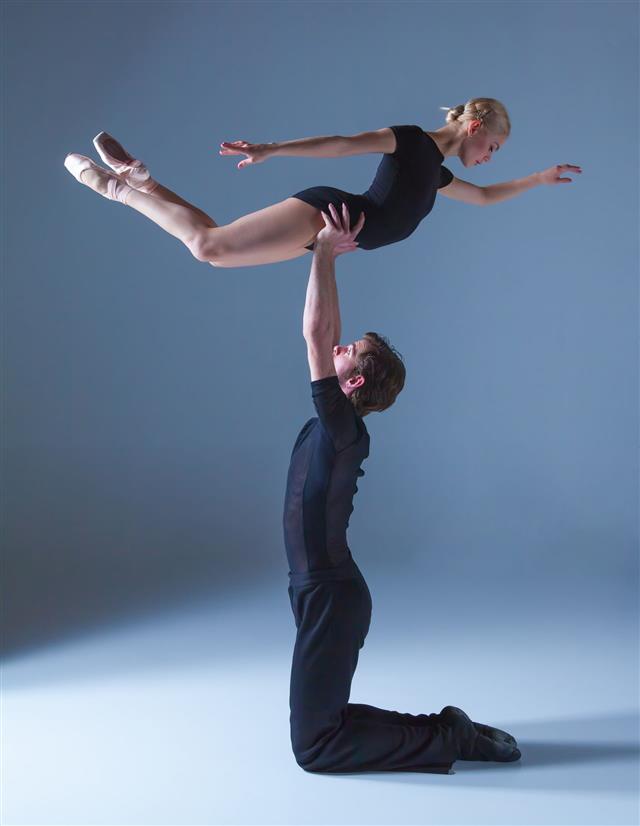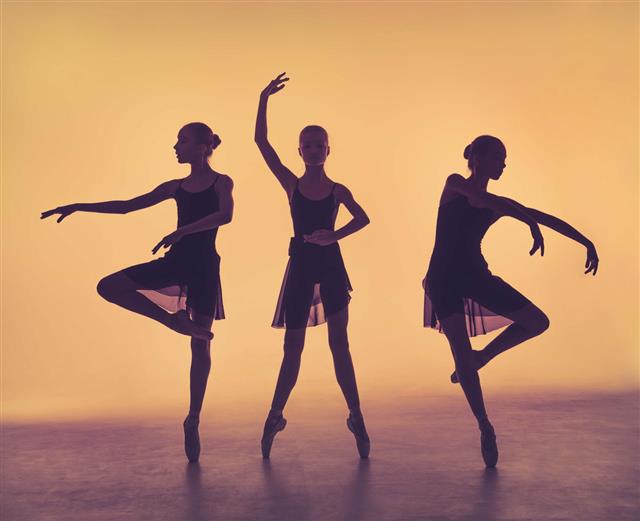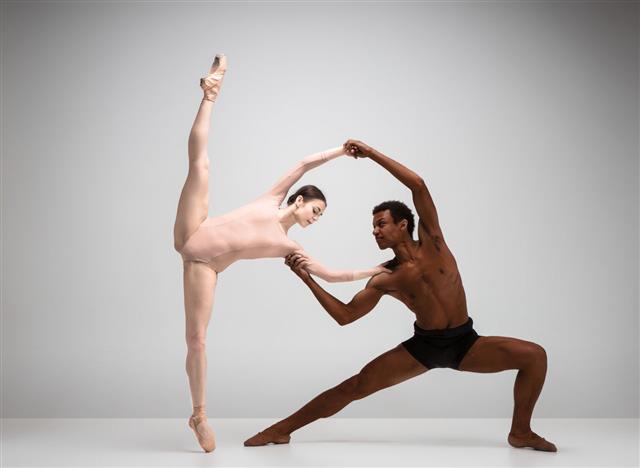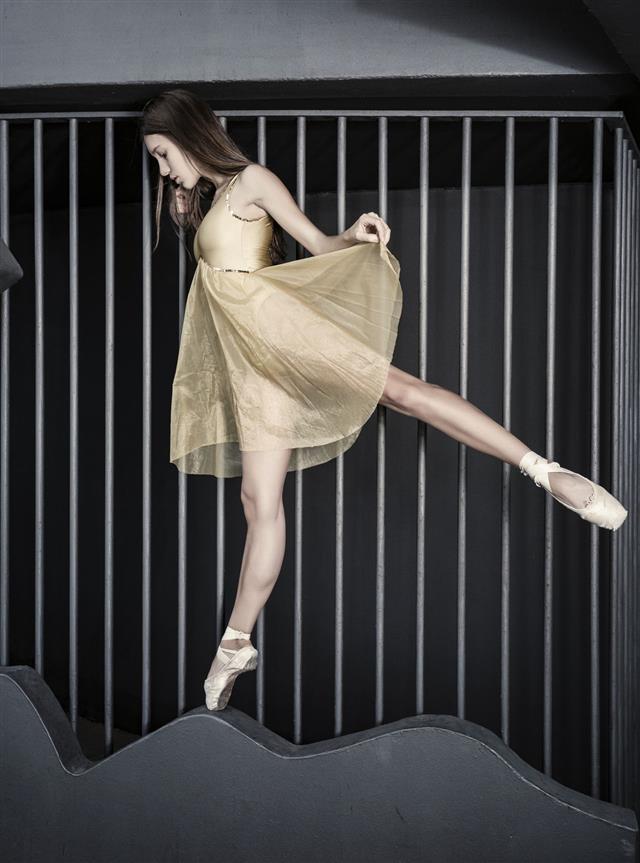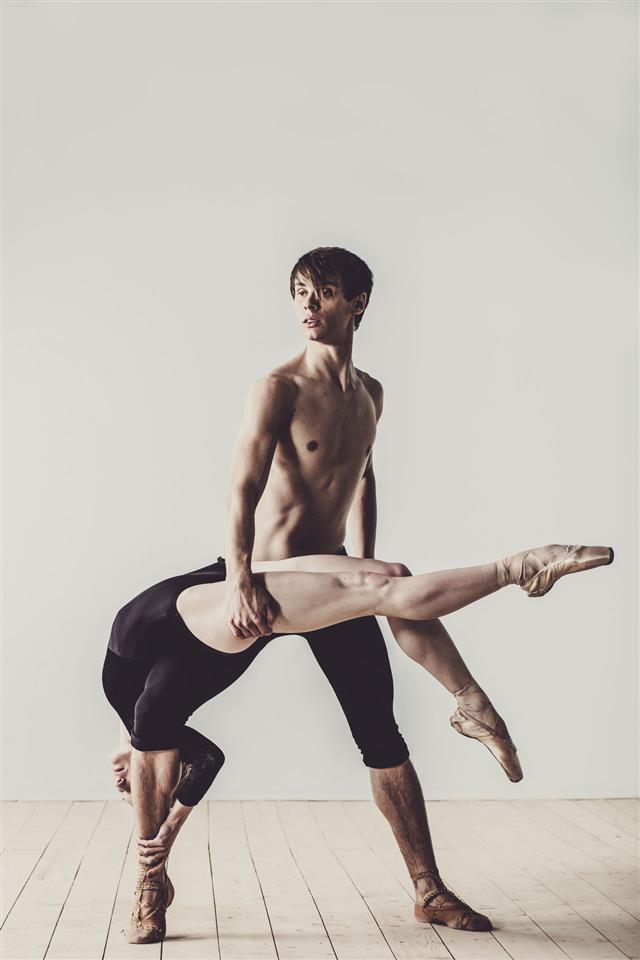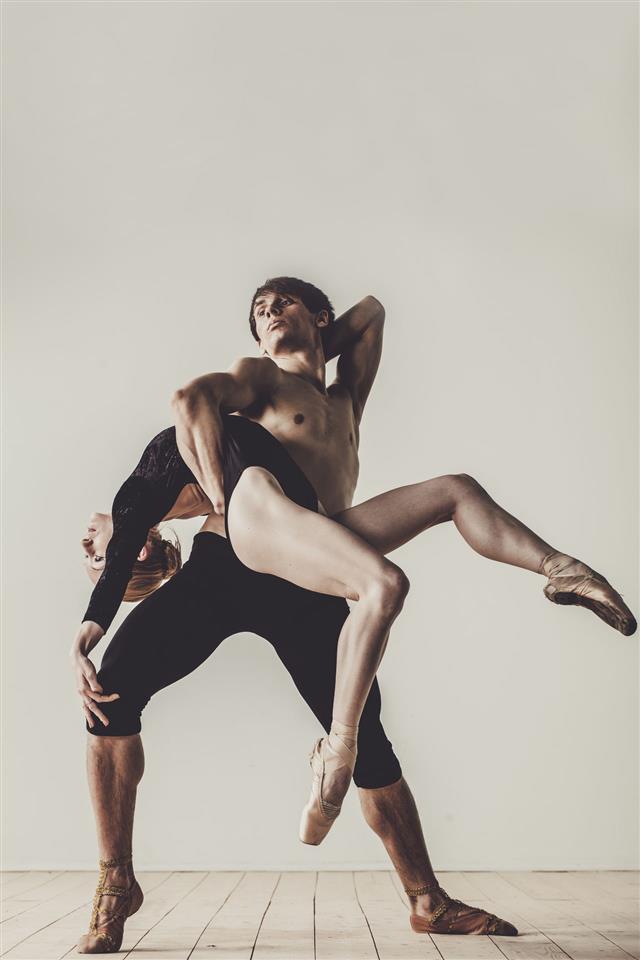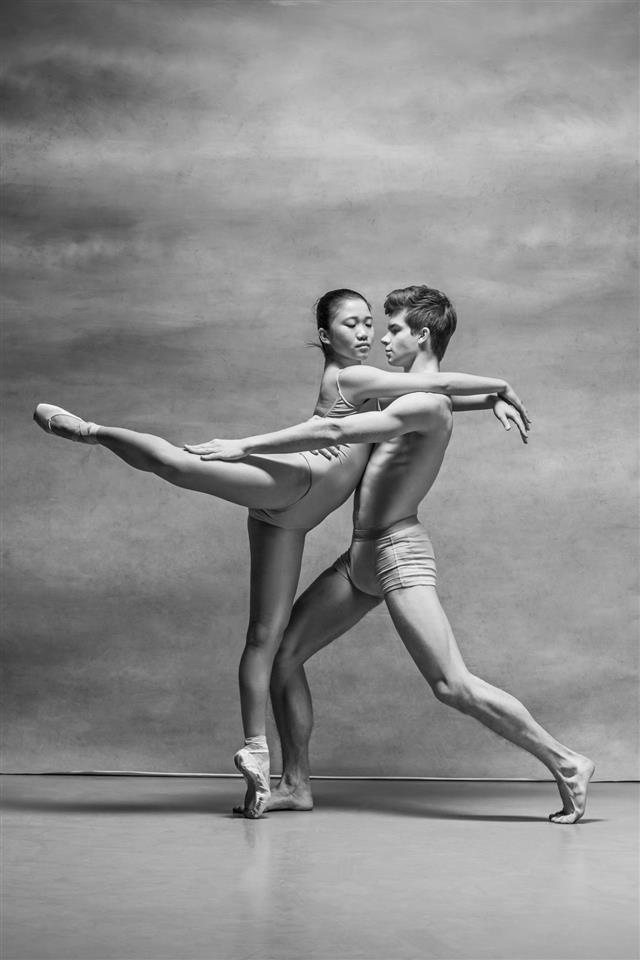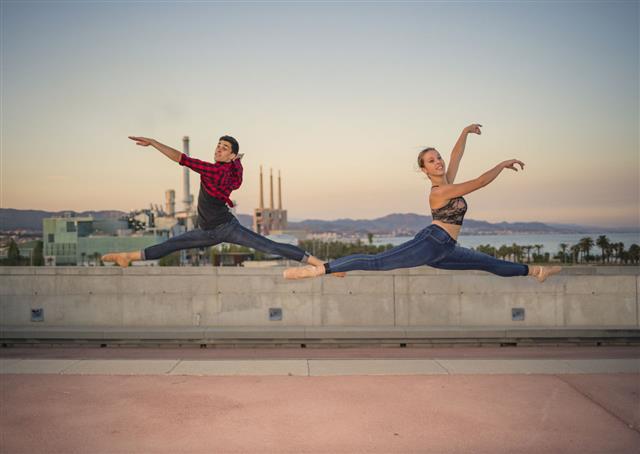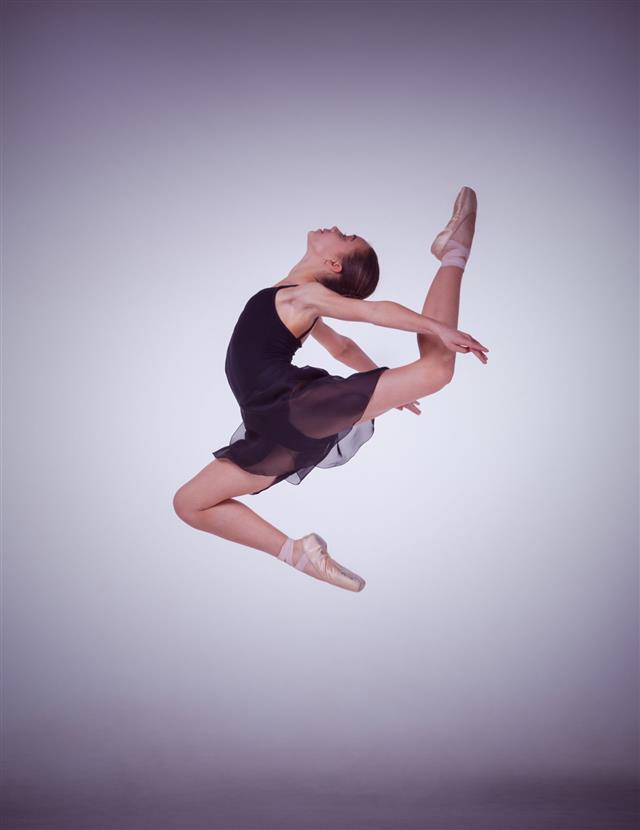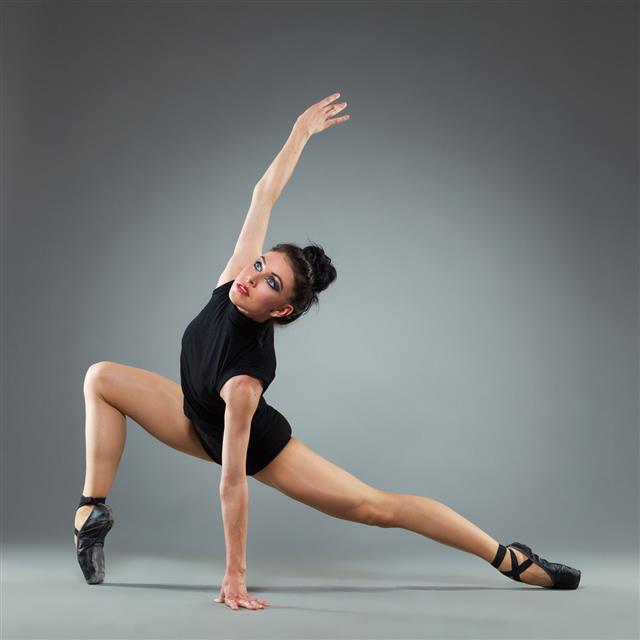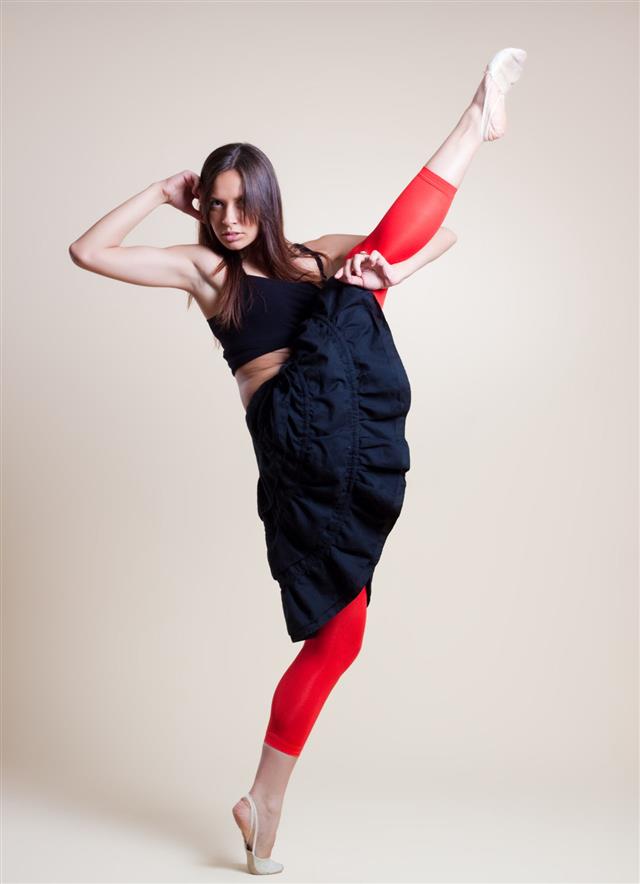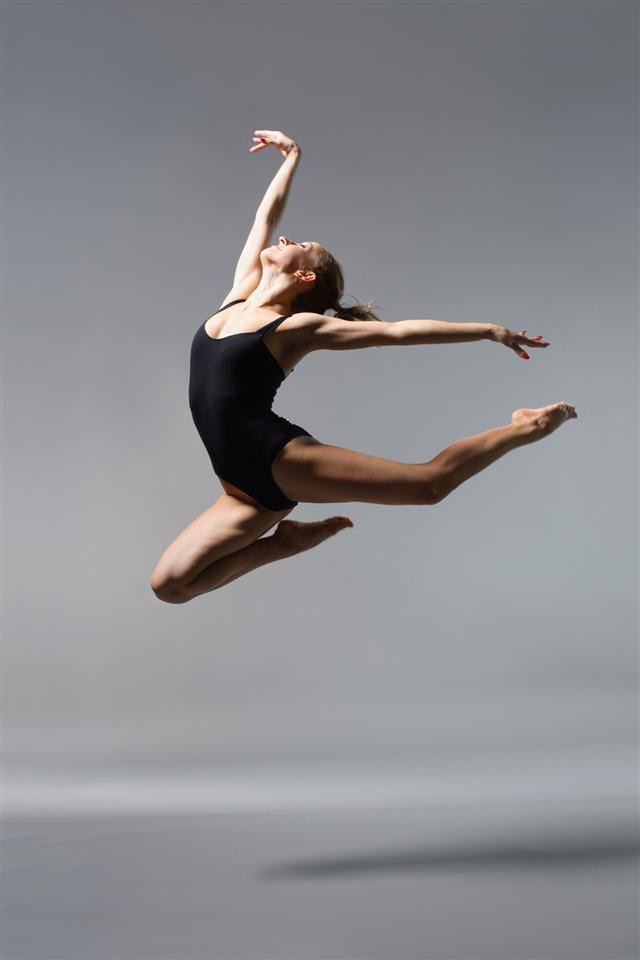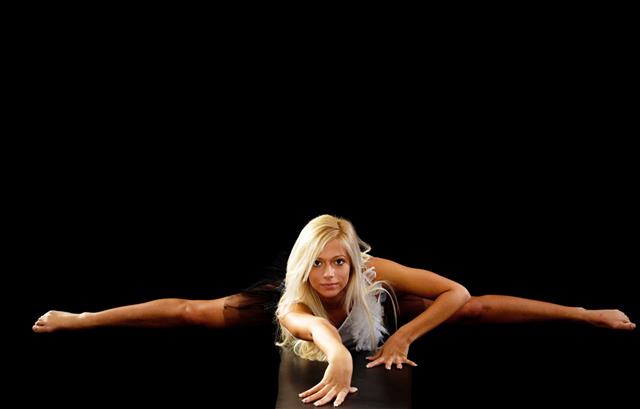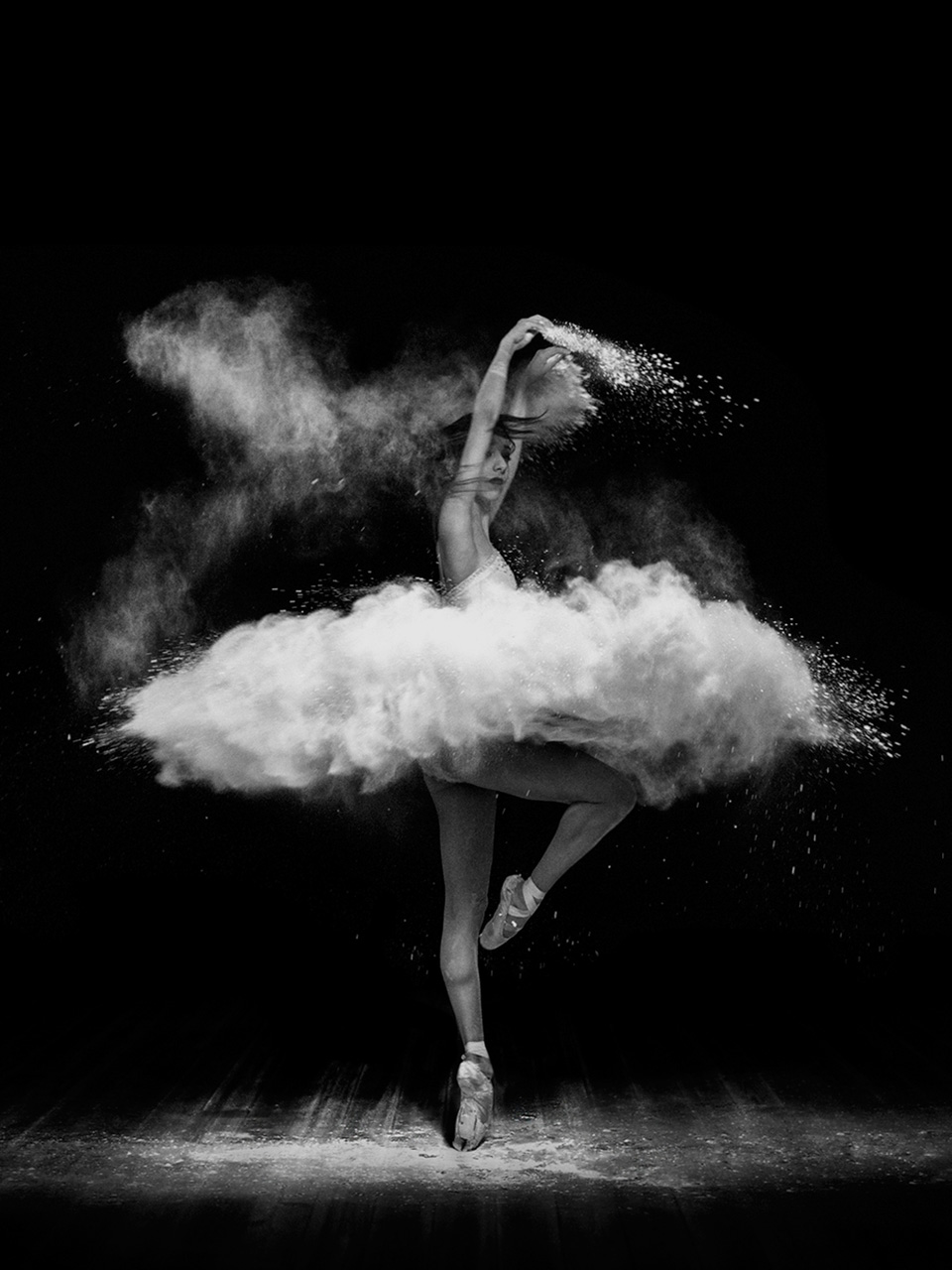
Tap to Read ➤
History of Ballet Dancing
Ningthoujam Sandhyarani


It is believed that ballet dancing emerged as early as the Renaissance period (1400s) in Italy. The early ballet dance forms were of classical type, which after several reforms, developed the neoclassical style.
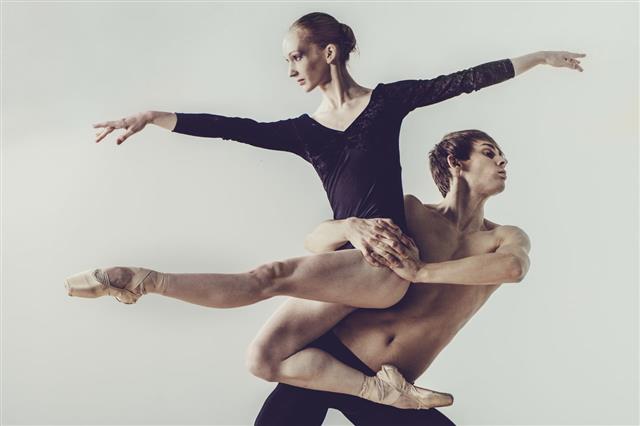
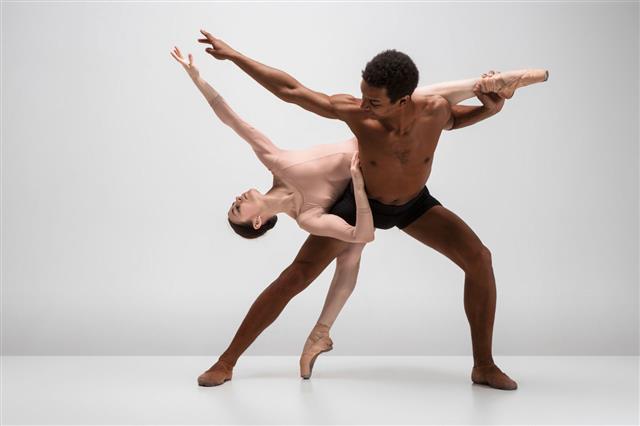

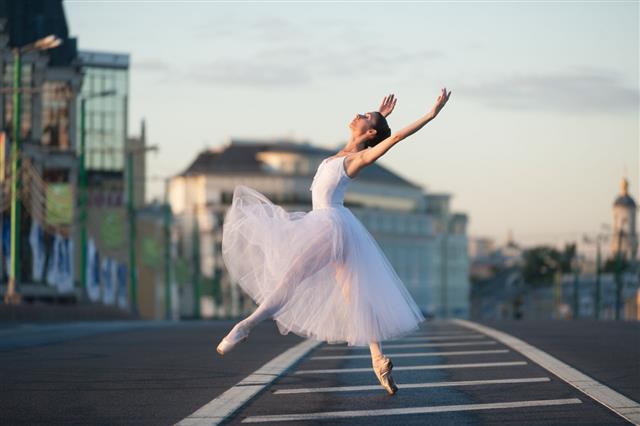
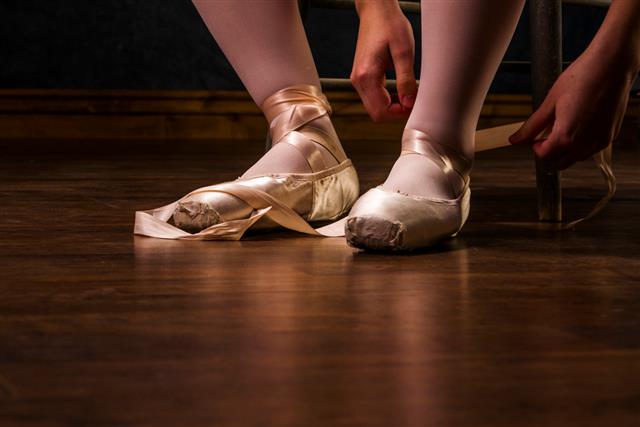
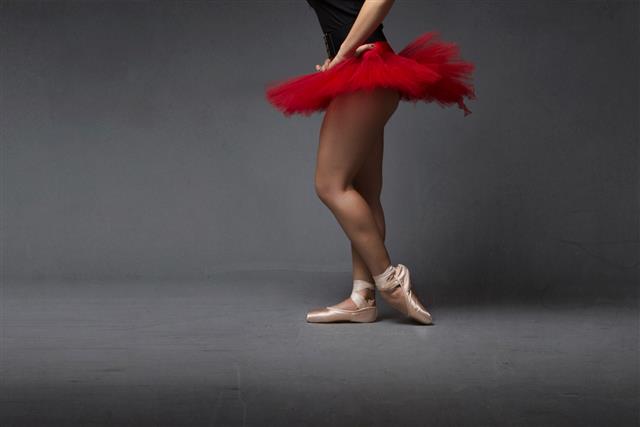
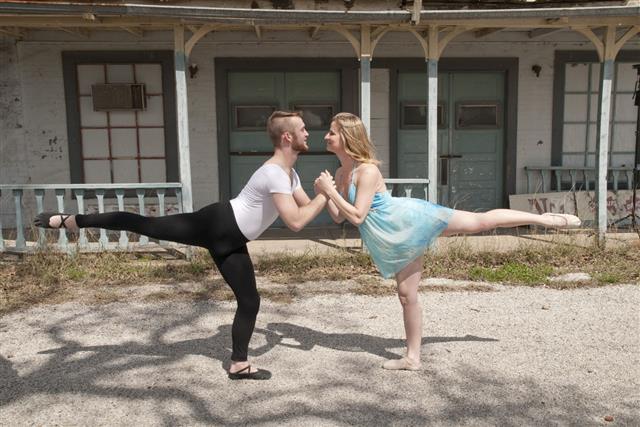

"At the ballet, you really feel like you're in the presence of something outside the rest of your life. Higher than the rest of your life."
- Robert Caro
___________________________
- Robert Caro
___________________________

Ballet, an age-old form of dance, has always left the audience in awe of its beauty. The illusion of unbelievable movements--seemingly effortless, are choreographed either to tell a story, or simply express music. Every emotion of the story is expressed with unnatural body movements, perfected after years of practice. For those who cherish the dance form not just as performers but also as spectators, ballet is a religion.
15th Century: The Origin

The dominant presence of French words in ballet vocabulary is often misinterpreted as the underlying evidence of the origin.
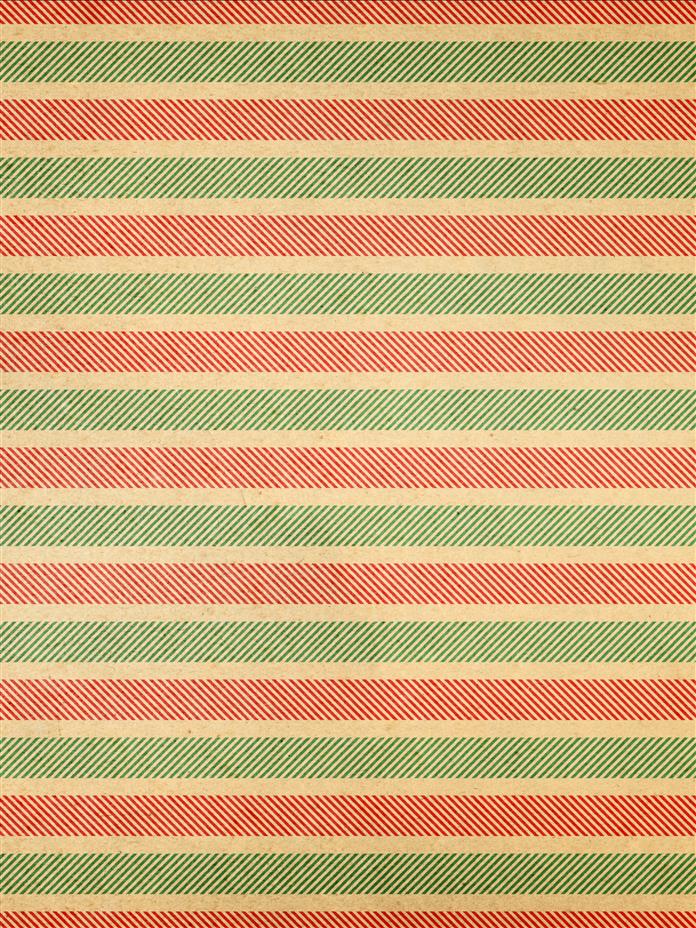
French courts did popularize ballet, but the first formal performance is accredited to an Italian, Domenico da Piacenza. He was a dance master famous for his proficiency in various Italian folk dances.
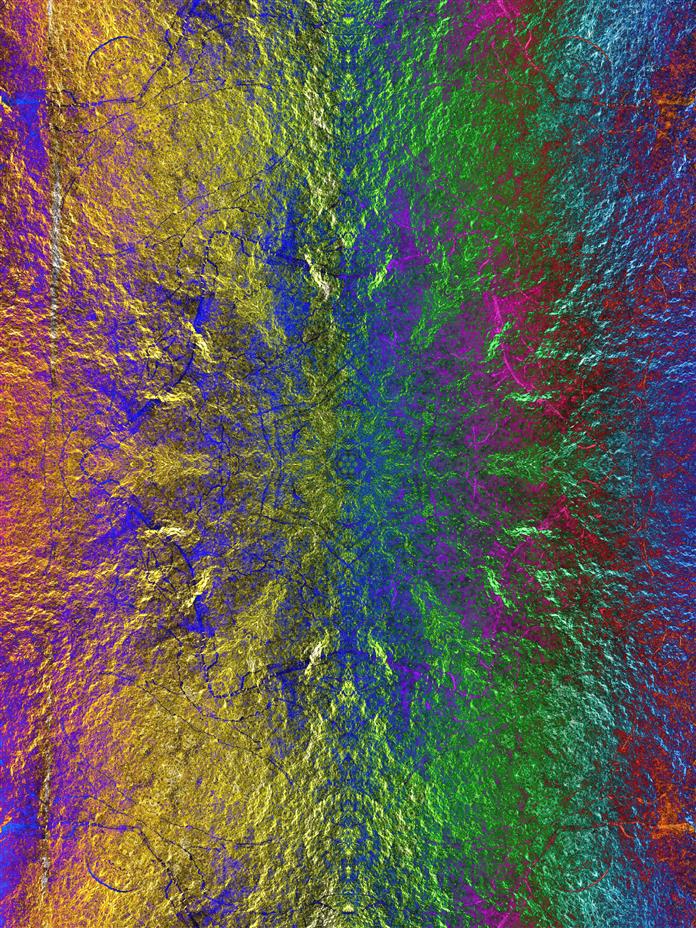
In 1416, he wrote a book, De arte saltandi et choreas ducendi (On the Art of Dancing and Conducting Dances), in which he explained four different dance forms and their movements. He named one of these forms as Balli or Balletti (singular: balletto).

It is believed that in 1490, Bergonzio di Botta (an Italian dance master) asked Leonardo da Vinci to design a balli pageant as an entertainment for the Duke of Milan. The dance, thus designed, was an artistic representation of the harmony of celestial bodies.
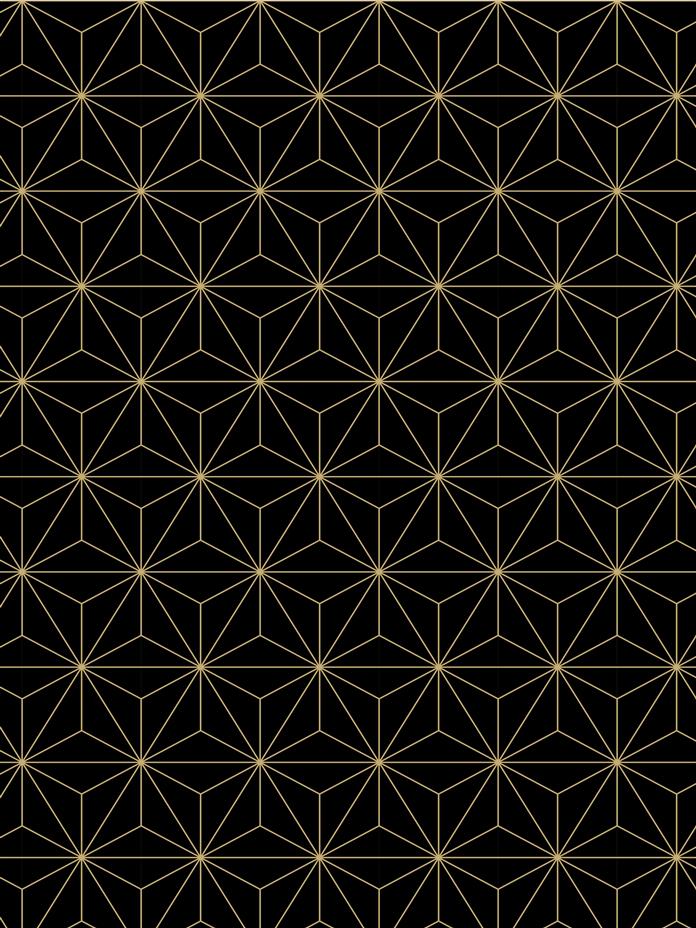
During the Italian Renaissance, balli was used as a tool to entertain and impress the neighboring nobility. Every aristocratic extravaganza was essentially accompanied by and often considered incomplete without balli.

Men wore 'contemporary' court house costumes, like wigs, jackets, bloomers, and blouses. Women, on the other hand, were dressed in ornate gowns for these dances, which were entrammeling even to stand.
16th Century: The French Connection

In 16th century France, nobility enjoyed various celebrations with social dances, known as ballets de cour.

These dances were generally performed by hired artists who, after their performance, asked the audience to join in. In 1533, Catherine de' Medici, an Italian belonging to the Medici family--de facto rulers of Florence, married Henry II, the heir to the French crown.

Her Italian upbringing and her love for art became very evident in the magnificent and entertaining parties of her court.

Although these parties were arranged with an aim of informal politics, they did in fact have a huge influence on ballet as we know today. Catherine, being an art connoisseur, promoted ballet in her parties and also provided financial support.

Balthasar de Beaujoyeulx, an Italian violinist, composer, and choreographer, had accompanied Catherine to France as her chief composer. In 1573, when Charles IX was King of France, Ballet des Polonais was performed for the Polish Ambassador.
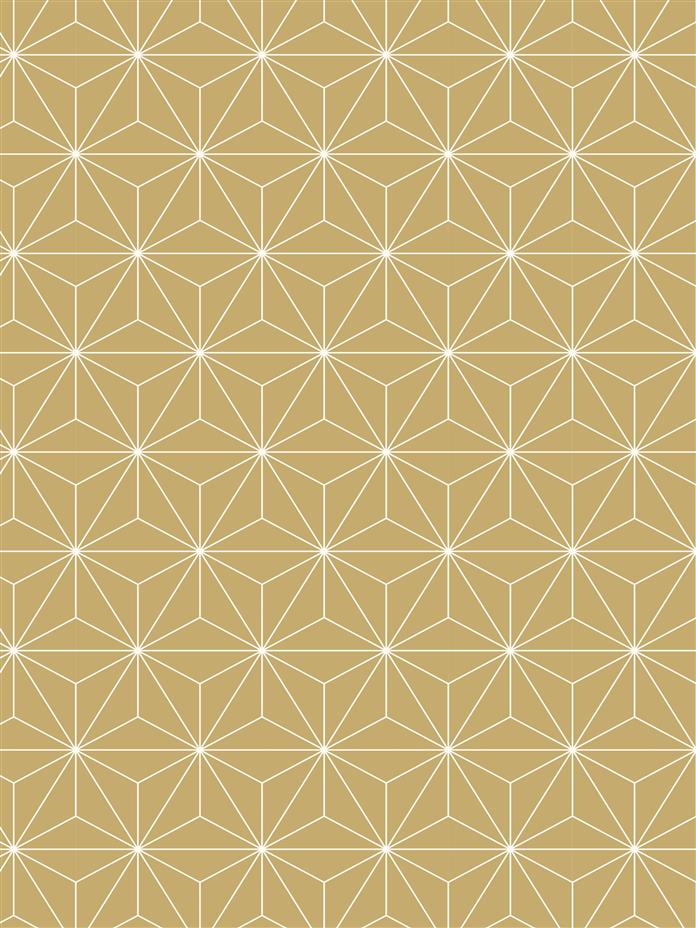
It was the first ballets de cour and was choreographed by Balthasar. It was performed on a temporary stage constructed in the Tuileries Palace by sixteen ladies of the court representing the sixteen provinces of France. The music was composed by Roland de Lassus and was performed by an orchestra of thirty violins.

In 1581, another of Balthasar's choreographed ballet was performed in the court of Catherine de' Medici. It was commissioned by Louise of Lorraine (wife of Henry III, later Queen consort of France) to celebrate the wedding of Anne de Batarnay de Joyeuse, Henry III's intimate friend and Marguerite de Lorraine (Sister of Queen Louise).

Over twenty-four dancers performed the five-hour long ballet based on the story of mythological Greek goddess, Circe. It was the first ballet to have a printed account and was published in 1582 as The Ballet Comique de la Reine by Balthasar. It is well-known in the history of ballet for its dramatic enactment and elaborate costumes.
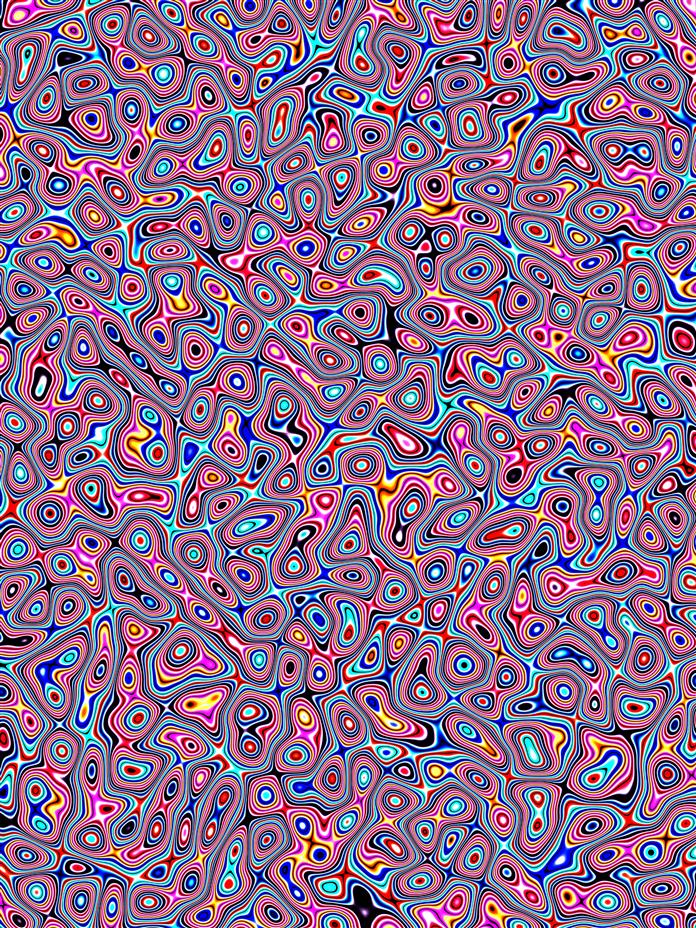
This particular performance had an overwhelming effect on entire Europe. The art of ballet began to be considered as worthy for every aristocratic celebration across the continent.
17th Century: Royal Academy of Dance


King Louis XIV of France was very close to his mother and shared her interest and admiration for art. As a young prince, he was attracted to ballet and debuted at the age of 14 as Apollo, the Sun God, in a ballets de cour - Le Ballet de la Nuit (The Ballet of the Night). He wore an ornate golden dress with golden high heels.
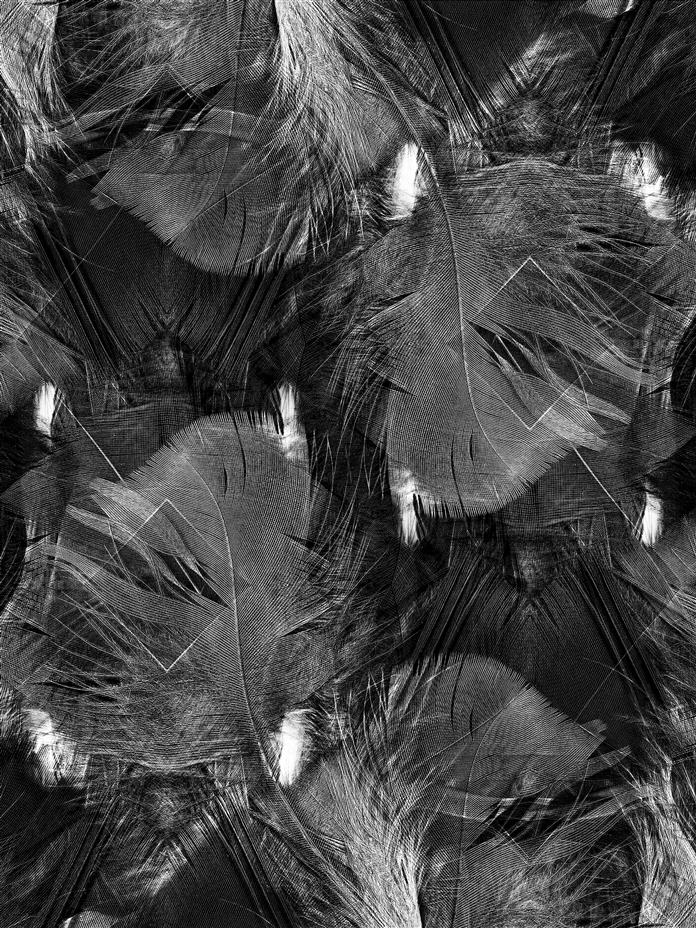
Louis Hesselin choreographed the twelve-hour ballet and parts of Louis XIV performance to flaunt his shoes, which laid the foundation for the first five positions of ballet as documented by Pierre Beauchamp.

The young Prince Louis' performances were not as strenuous as we see today. They were rather divided into smaller sections and performed at intervals. As he acquired the throne, he continued to support ballet and other art forms.

He founded the Académie Royale de Danse in March 1661 and further added to it, the Paris Opera in 1669 (formerly known as Académie Royale de Musique).

Françoise Prévost debuted in the Paris Opera in a ballet called Atys. She was known for her expressive portrayal and light movements. Impressed by her talent, Louis XIV started training in formal ballet under her. The King's interest in ballet popularized the art form, and it became part of everyday life in the country.

It influenced the court culture of Spain, Germany, Portugal, and many other European countries. Aristocracy in Europe was largely impressed and began active participation in ballet.

The advent of 18th century brought some changes in the age-old ballet and set the wheels in motion to completely revolutionize the dance form. Until the late seventeenth century, male dancers performed the feminine roles, as the ballet costumes were heavy and required strength.

However, in 1681, the first ballerina appeared in Le Triomphe de l'amour (triumph of love).
18th Century: Revolution in Ballet

During King Louis XIV's reign, ballet flourished in France and the neighboring countries. Professional dance troupes were formed, which traveled to increase awareness and entertain people.

Lettres sur la danse, et sur les ballets, one of the greatest works of Jean-Georges Noverre, emphasized that ballet was a dance of expressions and therefore must be performed by the dancer with absolute use of the entire body. This required giving up the heavy head dresses, costumes, and resorting to minimal clothing.

This century also brought a change in themes of ballet. Mythological stories were replaced by romantic themes, thus broadening the scope for female performers. Gradually, female performers known as ballerina assumed more important roles.
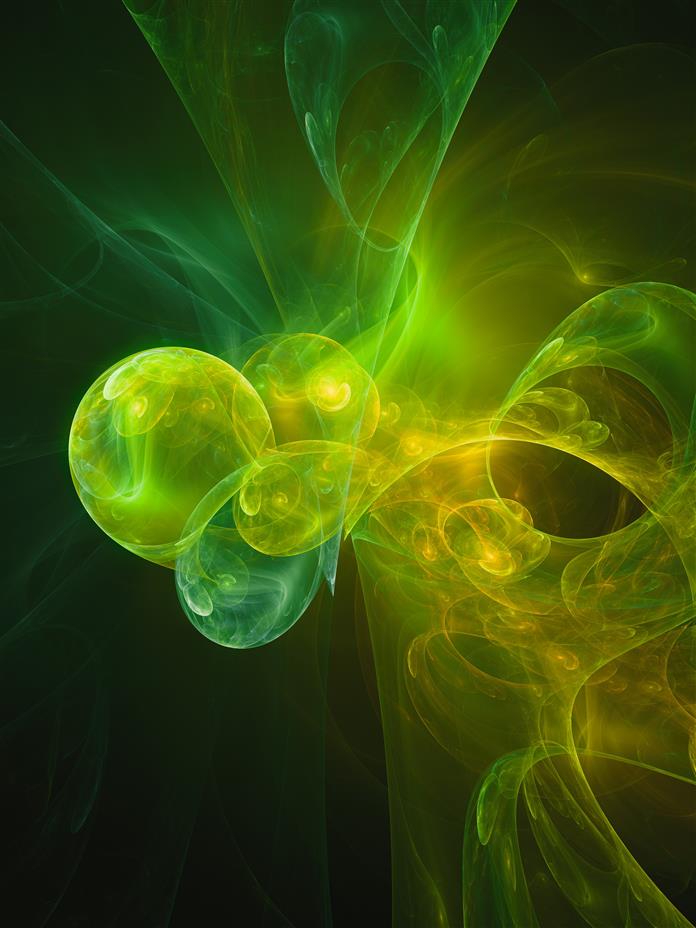
Because of the lean and light bodies of ballerinas, choreographers expanded on the ideas of the dancers floating in air like a feather and landing perfectly on the toes. Soon enough, men, who once ruled the dance form, became supporters and were included in the ballets to aid the ballerinas.

In 1700s, many other significant events took place that revived ballet. Raoul Auger Feuillet wrote Chorégraphie, ou l'art de décrire la danse which described in detail, the steps, positions, and techniques of ballet as prevalent at that time and are still followed.

Although France was considered home to ballet, Venice became the dance center of Europe, largely due to the Venice Carnival. Many dancers from around the world came to participate in the carnival, and thus several ballet performances took place in the carnival, making Italian ballet techniques a favorite among most of southern Europe.
19th Century: Ballerinas and Romantic Movement

By the 19th century, ballet became a female occupation. Most of the major works featured female dancers as predominant performers. Also, romantic ballets replaced the older ballets.

One of the first romantic ballets, La Sylphide, was choreographed by Filippo Taglioni in 1832. It was performed by his daughter Marie Taglioni, who after her performance in the above-mentioned ballet, was popularly known as the Christian Dancer.

In this ballet, Marie, who was adorning the role of a fairy, wore a sleeveless costume that ended just between her knee and ankle. The costume became an overnight sensation in Paris. Soon after, many other ballerinas became well-known for their performances and their innovation in pointe work.

Geneviève Gosselin and Fanny Elssler were two very notable artists of this time.
The boxed toe shoe that every ballerina wears today was invented to support the leg movements as a result of development of new techniques in ballet.
The boxed toe shoe that every ballerina wears today was invented to support the leg movements as a result of development of new techniques in ballet.

Ballet in Russia
In the end of the nineteenth century, ballet lost its hold on Paris. During the same time, ballet was becoming popular in Russia and Denmark due to talented and dedicated dance masters, like August Bournonville, Jules Perrot, Arthur Saint-Léon, and Enrico Cecchetti.

The most notable work was done by Marius Petipa who choreographed many ballets, like The Pharaoh's Daughter and The Talisman, that had the orientalism effect. Petipa together with composer Tchaikovsky choreographed The Nutcracker and The Sleeping Beauty. He is also known for his revival of Giselle and Swan Lake.

Ballet Russes, a ballet company founded in 1909 by Sergei Diaghilev, brought back ballet to Paris. Most members of the company belonged to the exiled community. He fused the French and Russian ballet in Russian folklore--the Firebird and the Petrushka.
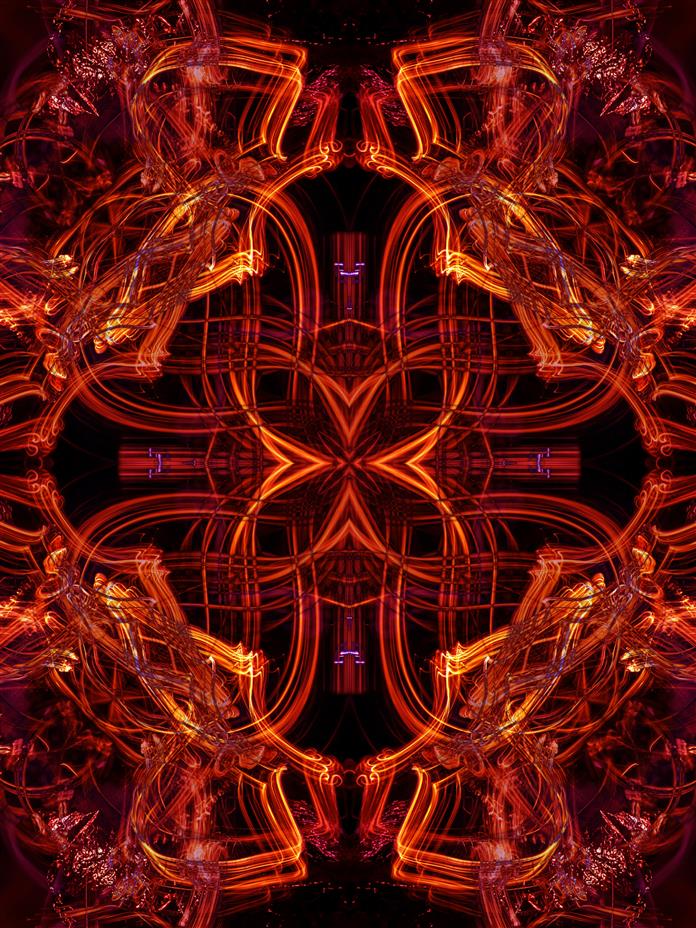
Meanwhile, back in Russia, ballet was developing under the Soviet rule, but at a very slow pace. Although, the era was marked by few of the greatest ballet performances...

... like the Romeo and Juliet by Prokofiev and Lavrovsky, the Flames of Paris--the ballet version of the Pushkin poem, The Fountain of Bakhchisarai--composed by Boris Asafiev and choreographed by Rostislav Zakharov, and the Cinderella by Prokofiev.
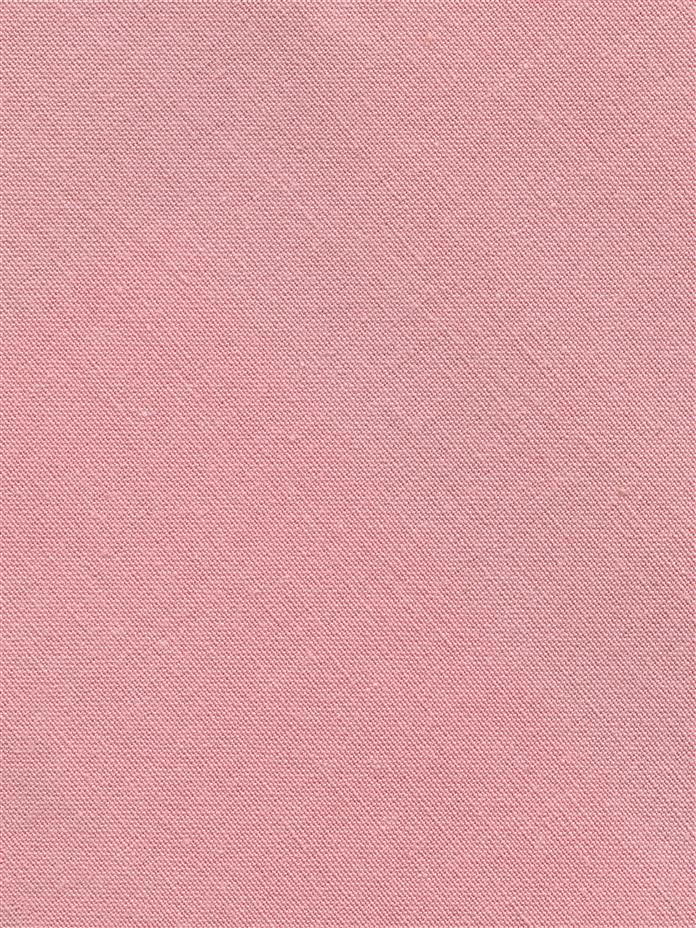
Ballet in the United States of America
Michel Fokine started his career in St. Petersburg and then moved to Paris and worked with Diaghilev on numerous ballets. After a misunderstanding, Fokine left Paris and settled in New York. In his own style and backed with historic cultural evidences, he choreographed Scheherazade and Cleopatra.

He also developed his own versions of the Firebird and Petrushka. The Dying swan, which brought overnight fame to the Russian ballerina Anna Pavlova, is considered to be the best of Fokine's work.

Neoclassical Ballet: Prominent Works
Frederick Ashton
• Symphonic Variations, 1946
• Cinderella, 1948
• Sylvia, 1952
• Romeo and Juliet, 1956
• Ondine, 1958
• La Fille mal gardée, 1960
• Symphonic Variations, 1946
• Cinderella, 1948
• Sylvia, 1952
• Romeo and Juliet, 1956
• Ondine, 1958
• La Fille mal gardée, 1960

Roland Petit
• Le Jeune Homme et La Mort, 1946
• Carmen, 1949
• Notre Dame de Paris, 1965
• Proust, ou Les intermittences du coeur, 1974
• Clavigo, 1999
• Le Jeune Homme et La Mort, 1946
• Carmen, 1949
• Notre Dame de Paris, 1965
• Proust, ou Les intermittences du coeur, 1974
• Clavigo, 1999

Serge Lifar
• Les Créatures de Prométhée, 1929
• Le Spectre de la rose, 1931
• L'Après-midi d'un faune, 1935
• Icare, 1935
• Istar, 1941
• Suite en Blanc, 1943
• Les Créatures de Prométhée, 1929
• Le Spectre de la rose, 1931
• L'Après-midi d'un faune, 1935
• Icare, 1935
• Istar, 1941
• Suite en Blanc, 1943

George Balanchine
• Apollo, 1928
• Serenade, 1934
• Concerto Barocco, 1940
• Symphony in C, 1947
• Agon, 1957
• Jewels, 1967
• Apollo, 1928
• Serenade, 1934
• Concerto Barocco, 1940
• Symphony in C, 1947
• Agon, 1957
• Jewels, 1967

Famous Ballets
• Swan Lake
Choreography by Julius Reisinger; Music by Pyotr Tchaikovsky
• Romeo and Juliet
Choreography by Leonid Lavrovsky; Music by Sergei Prokofiev
Choreography by Julius Reisinger; Music by Pyotr Tchaikovsky
• Romeo and Juliet
Choreography by Leonid Lavrovsky; Music by Sergei Prokofiev

• Giselle
Choreography by Coralli and Perot; Music by Adolphe Adam
• The Nutcracker
Choreography by Petipa and Ivanov; Music by Pyotr Tchaikovsky
Choreography by Coralli and Perot; Music by Adolphe Adam
• The Nutcracker
Choreography by Petipa and Ivanov; Music by Pyotr Tchaikovsky

• La Bayadère (The Temple Dancer)
Choreography by Marius Petipa; Music by Ludwig Minkus
• Le Sacre du Printemps (The Rite of Spring)
Choreography by Vaslav Nijinsky; Music by Igor Stravinsky
• A Midsummer Night's Dream
Choreographed by Frederick Ashton; Music by Felix Mendelssohn
Choreography by Marius Petipa; Music by Ludwig Minkus
• Le Sacre du Printemps (The Rite of Spring)
Choreography by Vaslav Nijinsky; Music by Igor Stravinsky
• A Midsummer Night's Dream
Choreographed by Frederick Ashton; Music by Felix Mendelssohn

•The Sleeping Beauty
Choreography by Marius Petipa; Music by Pyotr Tchaikovsky
• Don Quixote
Choreography by Marius Petipa; Music by Ludwig Minkus
• Cinderella
Choreography by Rostislav Zakharov;Music by Sergei Prokofiev
Choreography by Marius Petipa; Music by Pyotr Tchaikovsky
• Don Quixote
Choreography by Marius Petipa; Music by Ludwig Minkus
• Cinderella
Choreography by Rostislav Zakharov;Music by Sergei Prokofiev
